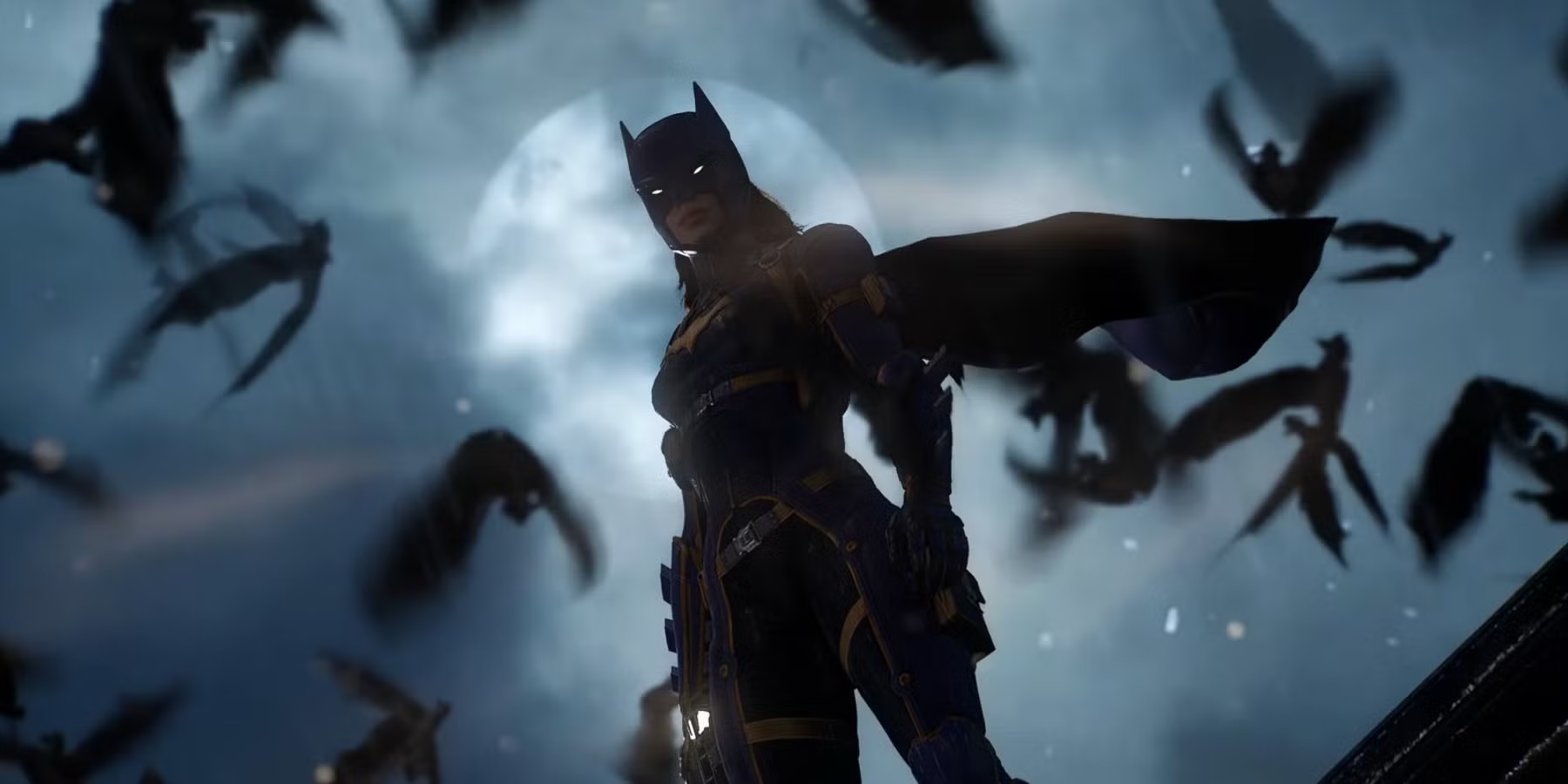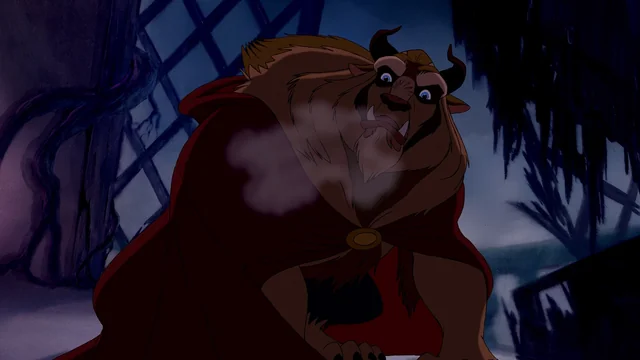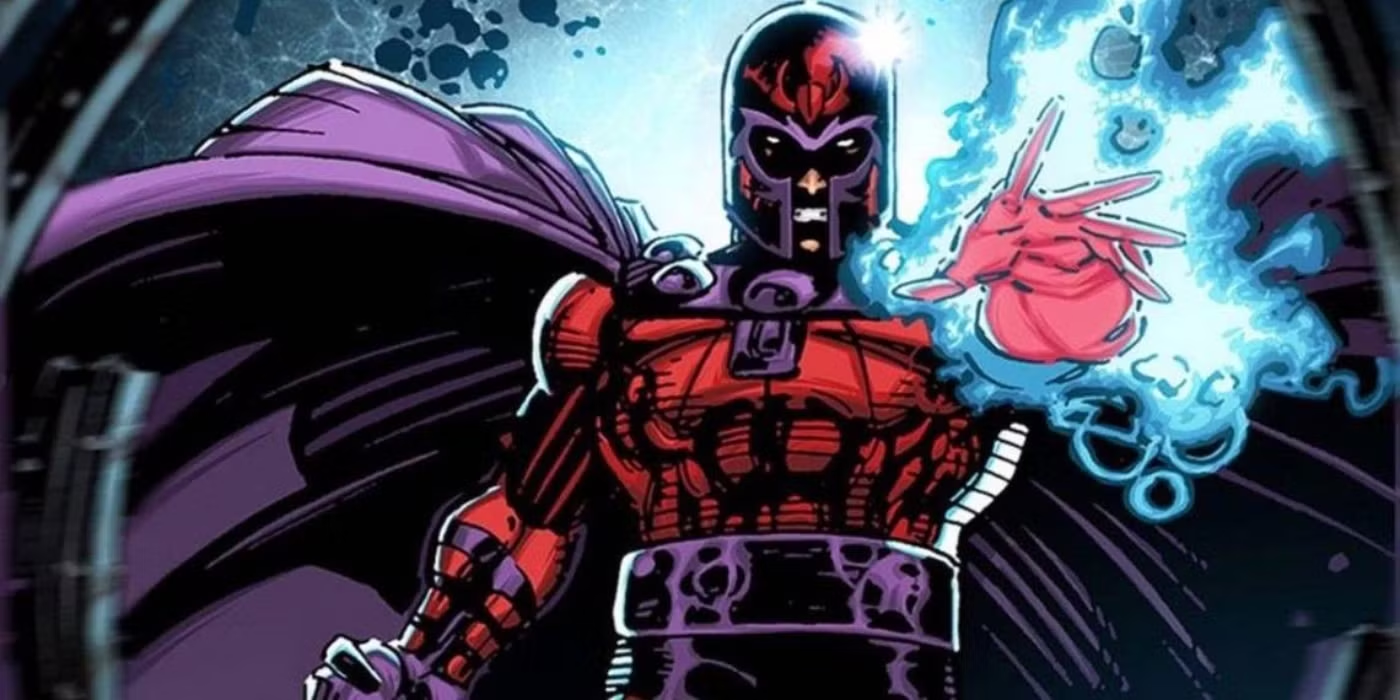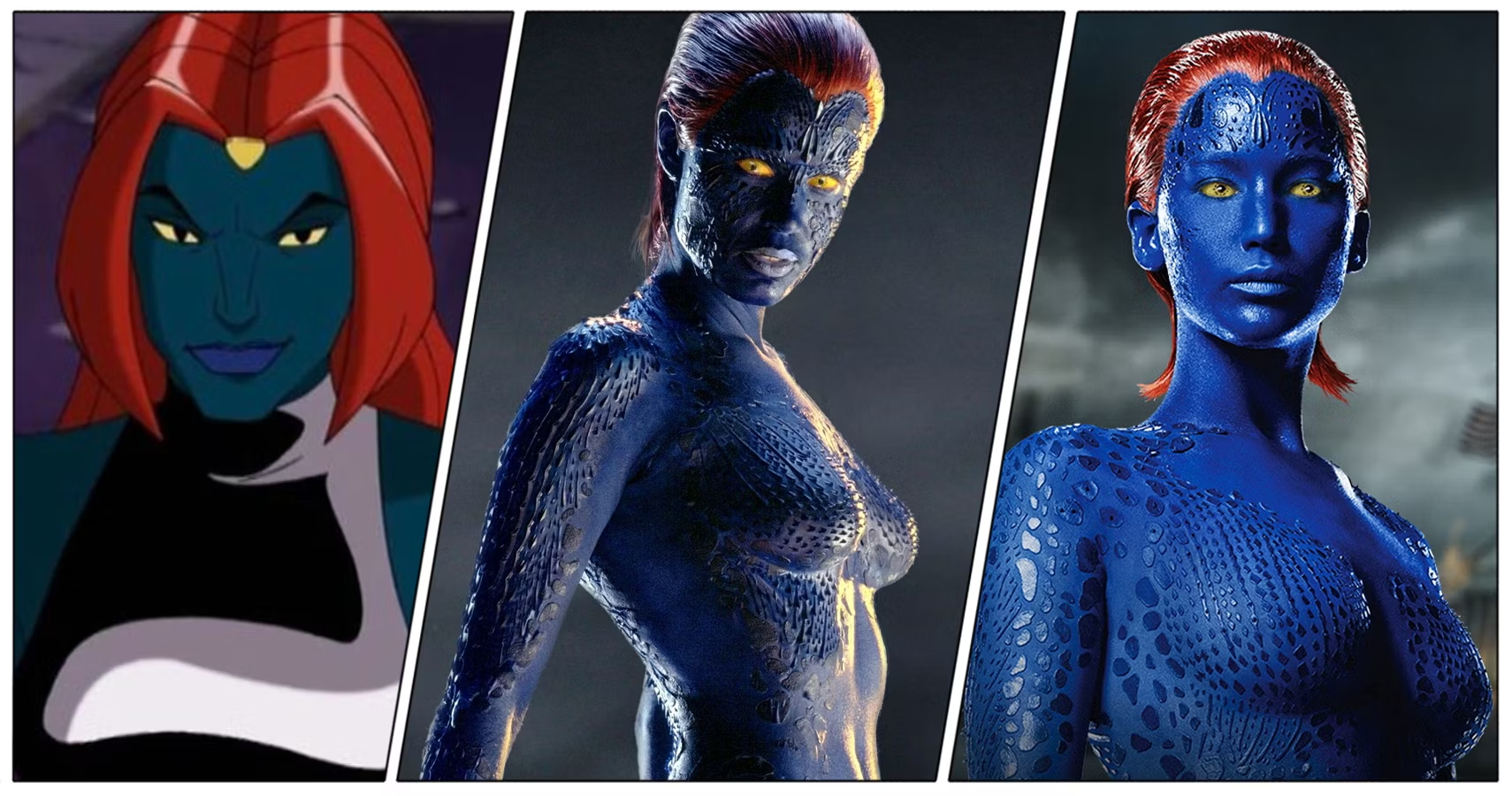wherearewegoing.net – Batwoman, a formidable and intriguing character in the DC Comics universe, stands as one of Gotham City’s staunch defenders. Known for her distinctive red and black costume and her fierce independence, Batwoman has carved out her own legacy apart from the shadow of Batman. First introduced in 1956 and reimagined in 2006, she has become a symbol of resilience, determination, and representation.
Origin and Background
The modern iteration of Batwoman, Kate Kane, is a wealthy heiress and a cousin to Bruce Wayne. Unlike many heroes, her journey into vigilantism is deeply personal. After being expelled from the military academy due to her sexual orientation, she found a new purpose when she encountered Batman and became inspired to fight crime. Armed with extensive military training and a strong moral compass, Kate dons the Batwoman persona to protect Gotham City from its myriad of threats.
Skills and Equipment
Batwoman relies on her exceptional combat skills, tactical intelligence, and advanced technology to battle criminals. Her military background provides her with expertise in hand-to-hand combat and strategic planning. Equipped with advanced gadgets, including her iconic Batwoman suit, grappling hook, and specialized weaponry, she is more than capable of handling the dangers lurking in Gotham’s shadows.
Impact and Representation
Batwoman’s character is significant not only for her role as a superhero but also for her representation of LGBTQ+ individuals in mainstream comics. Her storylines often explore themes of identity, acceptance, and justice, resonating with a diverse audience. The introduction of a live-action “Batwoman” TV series in 2019 further amplified her cultural impact, showcasing her as a complex and empowering figure.
Conclusion
Batwoman stands as a powerful symbol of courage and resilience, embodying the spirit of Gotham’s protector. Her journey from personal adversity to vigilantism highlights the strength found in embracing one’s true self and fighting for justice. As Batwoman continues to evolve in comics and on-screen adaptations, she remains an inspiring force, representing the enduring fight against darkness in all its forms.



